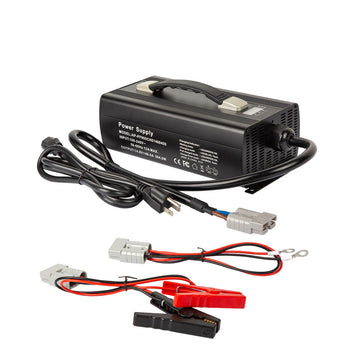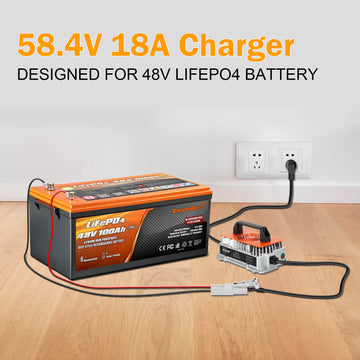What is the Fuse
What is the Fuse

In the former days of telegraphy, the scientist Breguet suggested using the reduced part of conductors to guard telegraph stations against the hits of lighting with liquefying, the slighter wires can protect electrical devices along with wiring in the building. In the year 1864, lighting installations and telegraph cables can be protected by using a variety of foil-fusible essentials and wires. Finally, Thomas Alva Edison earned the rights for a fuse which is an element of his electric distribution system in the year 1890.
What is the Fuse?
In the field of electronics or electricity, a fuse is considered the most crucial device which is used in various electrical circuits that offer protection from over-current conditions. The device is included with a metal strip where it gets dissolved when the electric current value range is expanded. As the metal dissolves, the electric circuit becomes an open circuit and disconnects the flow of the power source through the device. So, the fuse works as a circuit breaker or stabilizer which protects the device from damage.
Why Do We Require Fuse?
These are used to prevent household appliances from high current or overload damage. If we use a fuse at home, the electrical faults won't happen in the wiring and it doesn’t damage the appliances from the fire of wire burning. When the electric fuse gets broken or damaged, then an abrupt sparkle happens which may direct damage your household appliances. This is the main reason why we need different types of fuses to guard our household appliances against damage. You may know many types of fuses used for circuit protection.
The fuse is generally rated in Amperes. Even though the fuse's functionality is based on the self-production of the heat in the scenarios of additional current through its developed electrical resistance. Usually, this can be achieved by making the fuse wire length to be as short as possible. Because the fuse wire length isn't dependent on the current rating, the minimal length of the fuse wire imposes a minimal value of resistance.

Characteristics of Fuses
There are a few characteristics of the fuses in the electric domain, which are explained as follows.
Current rating value
The frequent conduction of the maximum amount of current which holds the device without making it molten is termed, this is called the current rating value. The measurement value is in amperes and has a thermal characteristic.
Voltage rating value
The voltage is connected in series with the fuse which does not augment the voltage rating value.
Temperature
The higher the operating temperature of the fuse, the lower the rated current. This makes the fuse get molted.
Voltage drop
When there is extra current flowing through the device, the fuse gets dissolved and makes it as an open circuit. Therefore, the resistance will change and the voltage drop will become minimal.
Working Principle of Fuse
The working principle of the fuse is the heating consequence of the electric current. It is made up of a lean strip or thread of metallic wire.
In the electrical circuit, the connection of the fuse is always in series. When there is the production of a high level of current electrical circuits, the fuse gets softened and it makes the circuit be in an open condition. The extreme flow of current may direct the collapse of the wire and prevents the supply. The working scenario of this device is mainly dependent on the heating condition of the electric current. In the general function of the current, there will be a normal flow of the current through the fuse. Because of the electric current flow, heat will be developed in the fuse element and the generated heat will be dissipated into the atmosphere. Because of this, the temperature level of the heat is maintained at less than the melting point values.
While in the fault conditions, there will be a flow of short-circuited electric current through the device. The magnitude of this electric current value is larger compared to the normal current magnitude levels. This will cause a high range of temperature in the fuse. So, the device starts to melt and breaks down. In this case, the fuse acts as a protective element from overload or short circuits.
As the fuse element is constructed of a highly chosen metal conductor, it can hold the fuse. So, the basic operation of this device is only permitting limited current values through the device. If not, it will break the electric circuit and has an over-voltage suppression ability.
A fuse in the electric circuit can be changed by placing a new fuse that has similar power rating levels. It can be designed with elements such as Cu (copper), Zn (zinc), Al (aluminum), and Ag (silver). They also perform like a circuit breaker for breaking the electric circuit when an abrupt fault happens in the circuit. This works like a safety measure to protect humans from risks.
People can select a suitable fuse by calculating the fuse rating using the below formula. Fuse rating = (power (watts)/voltage (volts)) x 1.25.

Different Types of Fuses
Fuses are essentially classified into several types which are based on the application namely AC (alternating current) type fuse and DC (direct current) type fuse. These are further classified into various types based on voltage levels.
DC Fuses
DC fuses are larger in size and have a contact value above 0 Volts so that the electric circuit will not be easily neglected and turned off. There is a possibility of an electric arc may occur between melted wires. To overcome this, People placed electrodes at larger distances, so the size of DC gets increased.
AC Types of Fuses
The AC fuse is slighter in size when compared with DC fuses and they have an oscillation of nearly 50 to 60 times every sec from least to highest. It is impossible for an electric arc generation between the molten wires. For this reason, the AC fuse can be made to a small size. Further, AC fuses are classified into two parts namely HV fuses and LV fuses (The LV& HV indicates the low voltage and high voltage).
LV Fuses
The low voltage fuse is divided into five types and those are the rewirable, cartridge, drop out, striker, and switch fuses.
HV Types of Fuses
Generally, HV fuses are used to protect the transformers such as instrument transformers and small power transformers and are also used in power systems. These fuses are usually charged for voltages over 1500V to 138000V.
The fused part in HV fuses is fabricated with either copper or silver or in some cases, Tin is used to offer consistent and steady performance. These fuses are classified into three types which are cartridge type HRC fuse,
liquid type HRC fuse and expulsion HV types of fuses.

Conclusion
From the above information, we can finally conclude that fuses and their types are explained. The main function of the fuse is to protect the electrical circuits from the electric current overflow. In a real-time situation, the flow of electric current through the wires may not be consistent all the time. In those situations, household devices may get damaged from overheating. While the equipment has highly developed with the handling of a circuit breaker, these types of fuses are still used in various places such as fundamental electrical components.

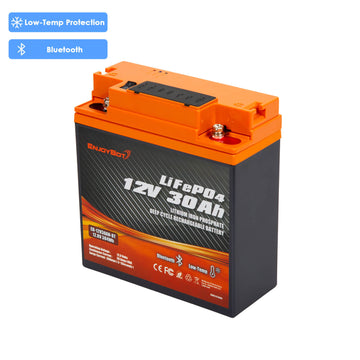




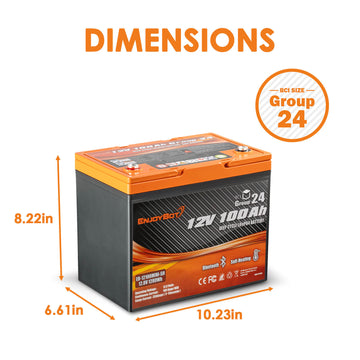



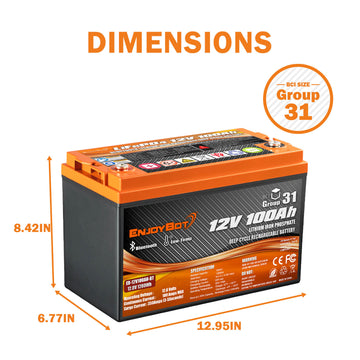





![[Upgraded Version] Enjoybot 14.6V 20A Waterproof Mountable LiFePO4 Lithium Battery Charger For 12V LiFePO4 Battery](http://enjoybotbattery.myshopify.com/cdn/shop/files/14.6V_20A_Waterproof_Battery_Charger_1_360x.jpg?v=1752565609)
![[Upgraded Version] Enjoybot 14.6V 20A Waterproof Mountable LiFePO4 Lithium Battery Charger For 12V LiFePO4 Battery](http://enjoybotbattery.myshopify.com/cdn/shop/files/14.6V_20A_Waterproof_Battery_Charger_2_360x.jpg?v=1752637374)
